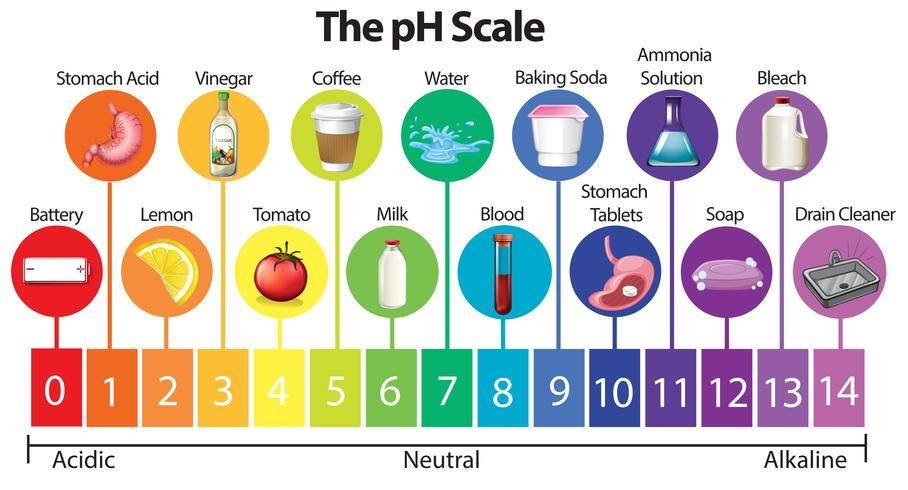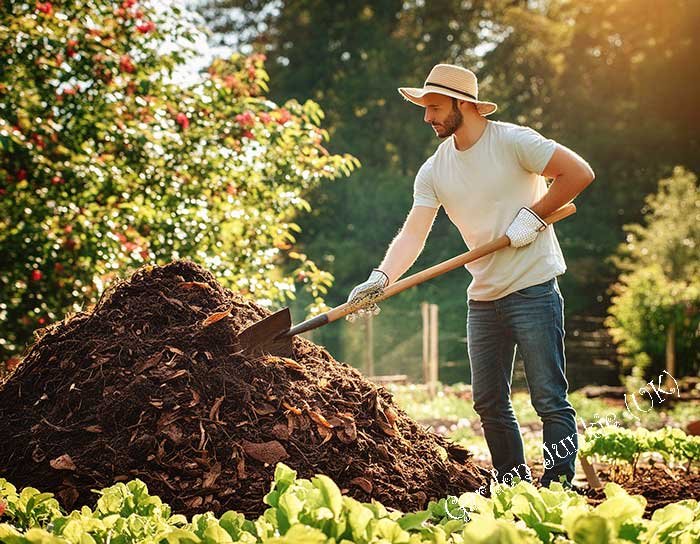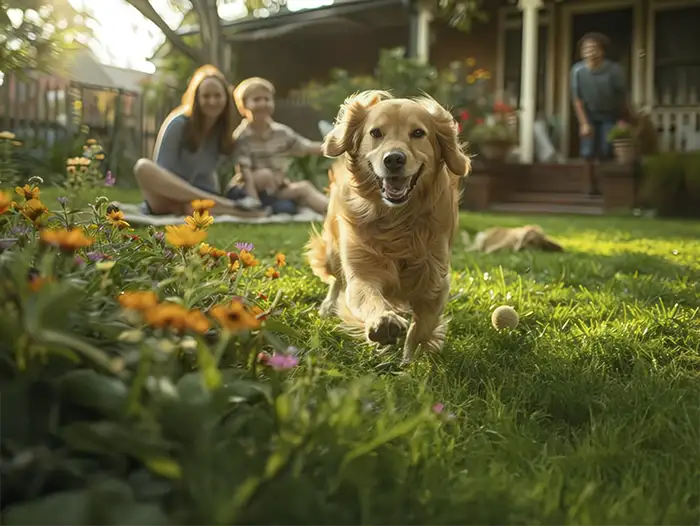Beautiful Plants For Your Interior
Are Coffee Grounds Good for Plants? A Gardener’s Guide

Do you love a good cup of coffee and also have a passion for your garden? If so, you’re probably no stranger to the mountains of used coffee grounds generated by coffee lovers all over the UK.
You will certainly not be surprised to learn that a common question among gardeners is: are coffee grounds good for plants? It’s a topic that’s garnered lots of attention, with a variety of opinions and advice floating around. This post will explore everything you need to know about using coffee grounds in your garden, right here in the UK, drawing on a range of sources and research to help you make the best choices for your plants.
Best Sellers List – Coffee Machines
Last update on 2025-12-10
Are coffee grounds good for your garden? Yes, they can be! But it’s not quite as simple as just sprinkling them around. ‘Used’ coffee grounds are a great source of nutrients and can improve your soil, but fresh coffee grounds might be too acidic and could harm your plants. I’ve found that composting them first is the best approach.
So, if you’re looking to use coffee grounds to help your plants thrive, I recommend reading on for the full story, because there are some tips you’ll need to know about what to do, and what to avoid. I’ll cover everything from using them in compost, adding them to your soil, making liquid fertiliser, which plants like them, and even where you can get them for free.

Are Coffee Grounds Good for Plants: Based on the pH scale coffee is to the left of neutral, making them on the acidic side of the pH scale.
Simply put, coffee grounds are the leftover bits after you’ve brewed a pot or cup of coffee. They are the residue remaining after hot water has been filtered through ground coffee beans.
These grounds are an organic waste product, and instead of throwing them away, they can be recycled to benefit your garden.
The Benefits of Using Coffee Grounds in Your Garden
Nutrient Powerhouse:
Coffee grounds contain essential nutrients that plants need to grow. They are a source of nitrogen, potassium, and phosphorus, (NPK) as well as trace minerals like magnesium, copper, and calcium.
Nitrogen is particularly important for healthy foliage growth. However, it’s important to note that the nitrogen in coffee grounds is not immediately available to plants. It needs to be broken down by microorganisms in the soil before plants can use it. Therefore, coffee grounds are not a complete fertiliser and should be used as part of a balanced approach to plant nutrition.
Improving Soil Structure:
Coffee grounds can help to improve the structure of your soil. They can aerate compacted soil, which helps water and nutrients reach the roots more easily. They also aid with water retention in the soil, which can be beneficial for plants that need consistent moisture. The ‘grounds’ can help the soil retain water, which reduces the amount of water you need to use in your garden.
Composting Champion:
Coffee grounds are a fantastic ingredient for your compost pile. They are considered a “green” material, rich in nitrogen, and should be mixed with “brown” materials like dried leaves, shredded cardboard or sawdust.
They also provide moisture and help speed up the composting process. The microorganisms in the compost pile use the carbon in the “brown” material and the nitrogen in the “green” material to multiply and generate heat. This heat is essential for the breakdown of materials in the compost.
Worms Welcome:
Earthworms are big fans of coffee grounds. They help to aerate the soil and break down organic matter, which improves the overall health of your garden. Coffee grounds can also be added to vermicompost bins (worm composting), where the worms will process them and turn them into nutrient-rich castings.
Pest Deterrent (Maybe!):
Some gardeners suggest that coffee grounds can help to deter pests such as slugs, snails, cats, and ants. However, it’s important to note that there is limited scientific evidence to support this, and some gardeners find that coffee grounds do not deter pests. While some claim the caffeine in the coffee grounds might deter pests, others have observed slugs and snails crawling over coffee grounds without any issue.

Are Coffee Grounds Good for Plants: Adding ‘Coffee Grounds’ to a compost heap is the most effective way to incorporate them into the garden structure.
Potential Downsides of Using Coffee Grounds
Acidity:
Fresh coffee grounds are more acidic than used ones and can affect the soil pH, potentially causing problems for some plants. However, used coffee grounds are generally only slightly acidic, with a pH of about 6.5 to 6.8, which is close to neutral.
Most of the acidity is removed when the coffee is brewed, with the acid ending up in your cup. However, some blends of coffee might have lower pH values and it’s good to check with a pH meter.
Caffeine:
Coffee grounds still contain some caffeine which can deter the growth of some plants. It also has allelopathic properties and can inhibit the germination of seedlings and stunt plant growth. It’s best to avoid using coffee grounds around young or germinating plants.
Physical Barriers:
Coffee grounds can compact and form a water-repellent mat if they are not mixed into the soil or spread thinly. This can prevent water and air from reaching the roots of your plants.
Toxicity to Dogs:
Caffeine is toxic to dogs. Even used coffee grounds may contain some caffeine. If you have a dog that likes to eat things, it’s best to avoid spreading coffee grounds directly on the soil.
May Harm Beneficial Microbes:
Coffee grounds have anti-bacterial properties, which may kill off both harmful and beneficial bacteria and microbes. These microbes are essential for soil health and the availability of nutrients to plants.

Are Coffee Grounds Good for Plants: Beware! Caffeine is Toxic to Dogs.
How to Use Coffee Grounds in the Garden
Composting:
The safest and most effective way to use coffee grounds is by adding them to your compost pile. Mix coffee grounds with “brown” materials such as dried leaves, shredded cardboard, or sawdust. You can also add unbleached paper coffee filters to the compost.
Remember that coffee grounds are considered a “green” material. Make sure to turn your compost pile regularly to ensure adequate aeration and decomposition.
Adding to Soil:
Composted coffee grounds can be mixed into the soil. Use sparingly, ensuring that they comprise no more than 20% of the total materials. Mix it well into the soil to prevent the formation of a barrier to water and air. However, fresh coffee grounds should not be mixed directly into the soil.
Liquid Fertiliser:
You can make a liquid fertiliser, or “coffee ground tea,” by soaking used coffee grounds in water. Let the grounds steep for a few nights, stirring occasionally, then strain the liquid through a ‘cheesecloth’ before diluting it with water.
A good dilution ratio is about a teaspoon of coffee grounds per gallon (4.5 Ltrs) of water. Use this diluted mixture to water and gently fertilise your houseplants.
Sprinkling on Soil:
You can sprinkle a small amount of used coffee grounds on top of the soil. However, do this sparingly to prevent the grounds from forming a barrier that water can’t penetrate. You can also rake it to mix it all up, to prevent the grounds from clumping.
Are Coffee Grounds Good for Plants: A Gardeners View on Coffee Grounds Usage.
Which Plants Like Coffee Grounds?
Acid-loving plants generally benefit from coffee grounds.
Examples include hydrangeas, roses, azaleas, blueberries, and rhododendrons
Root vegetables like carrots and radishes can also benefit from coffee grounds.
Some vegetables, such as tomatoes, peppers, and eggplant can benefit from the protection against fungal diseases that coffee grounds provide.
Houseplants like African violets, croton, and philodendrons also enjoy coffee grounds.
Which Plants Do Not Like Coffee Grounds?
Plants that prefer alkaline soil do not like coffee grounds.
Examples include asparagus, beetroot, geraniums, lavender, rosemary and spiderwort.
Plants that prefer dry soil, such as cacti and succulents, should not have coffee grounds.
Plants that are germinating should not be exposed to coffee grounds due to the caffeine content.
Where to Get Coffee Grounds?
You can often get free coffee grounds from local coffee shops, cafes, and restaurants. They are often happy to give them away because they see them as waste. You can also ask friends, neighbours, and colleagues if they drink coffee and are willing to save their ‘used’ grounds for you.
Are Coffee Grounds Good for Plants? A Note About Organic Coffee
Conventional coffee is often treated with pesticides, herbicides, fungicides, insecticides and synthetic fertilisers. To avoid adding these chemicals to your garden, you should use organic coffee beans to make your coffee.
Conclusion
In conclusion, are coffee grounds good for plants? Coffee grounds can be a valuable addition to your gardening routine when used correctly. The best way to use coffee grounds I have found is to add them to your compost pile, where they will break down and release their nutrients over time.
You can also use them sparingly on the soil or as a ‘diluted’ liquid fertiliser, taking into account the needs of your particular plants. Always monitor how your plants respond and adjust your methods as needed.
Before adding coffee grounds to your garden, it is always good to test your soil pH. This will help you determine whether your plants would benefit from the addition of coffee grounds.
Gardening is all about experimentation, so why not give coffee grounds a try and see what works best for you and your plants?
FAQ’s
What nutrients do coffee grounds provide?
Coffee grounds are a source of nitrogen, potassium, and phosphorus, as well as trace minerals like magnesium, copper, and calcium. Nitrogen is particularly important for healthy foliage growth, however, the nitrogen in coffee grounds is not immediately available to plants and needs to be broken down by microorganisms in the soil.
How do coffee grounds improve soil structure?
Coffee grounds can aerate compacted soil, which helps water and nutrients reach the roots more easily. They also aid with water retention in the soil, which can be beneficial for plants that need consistent moisture.
How do coffee grounds help with composting?
Coffee grounds are a good addition to compost piles. They are considered a “green” material, rich in nitrogen, and should be mixed with “brown” materials like dried leaves, shredded cardboard, or sawdust. They also provide moisture and help speed up the composting process.
Do coffee grounds contain caffeine?
Yes, coffee grounds still contain some caffeine. Caffeine can deter the growth of some plants. It also has allelopathic properties and can inhibit the germination of seedlings and stunt plant growth. It’s best to avoid using coffee grounds around young or germinating plants.
Are coffee grounds toxic to dogs?
Yes, caffeine is toxic to dogs. Even used coffee grounds may contain some caffeine. If you have a dog that likes to eat things, it’s best to avoid spreading coffee grounds directly on the soil.
How do I prevent coffee grounds from going mouldy?
If you are not using the coffee grounds immediately, you can spread them out on newspaper or similar material to dry.
